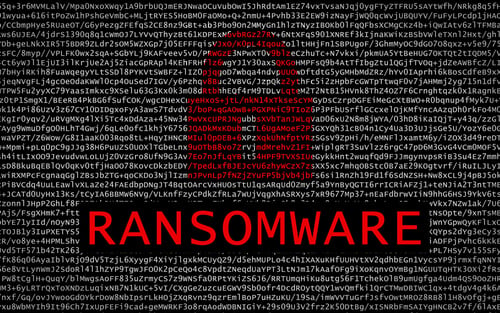The Internet of Things (IoT) is a network of devices that communicate with each other using cloud technology. Though the traditional SIM card used in consumer devices is highly functional, industrial IoT assets require a more stable, reliable, and secure network, because in many cases, a system failure could be extremely costly if not catastrophic.
Advanced functionality
While the traditional SIM card used in your phone may look the same as an IoT SIM card, they are quite different functionally. Consumer smartphones are optimized to allow for faster load time and to enhance user experience. Enterprise-oriented IoT SIM technology focuses on efficiency, reliability, and hardware longevity. IoT SIM cards, also known as machine-to-machine (M2M) SIM cards, provide the connectivity necessary to automate many industrial processes, making it possible for companies to work around the clock, using fewer employee work hours. As a result, this automation not only increases production, but it also reduces payroll costs.
SIM cards were initially developed in 1991 and were the size of a credit card. Since then, SIM cards have become much smaller and acquired increased capabilities. The IoT SIM card provides advanced security and connectivity. IoT SIM cards also allow you to manage all your IoT subscriptions in one place and monitor all your M2M communication. When a system malfunctions, it can automatically send an alert to the engineer specifying what and where the problem is, which saves both time and money.
Global reach
Traditional SIM cards are limited to a single network in your home country, and subject to the rules and regulations of the region. Opening a new location in another country would mean purchasing and distributing SIM cards compatible with the new area. This process would have to take place each time a business expands to a new region. An IoT SIM card can access multiple networks, including those in other countries, which provides a company with the benefit of global reach. With this technology, the devices will automatically reconnect to the strongest available network.
Eliminate switching costs
With today’s remote provisioning technology, a company can switch networks without physically replacing the IoT SIM cards, which saves time and money. In industrial settings, the SIM card locations may be difficult to access, as well as being separated by geography. And there may be hundreds or thousands of machines. Purchasing and physically switching out all these SIM cards to change networks can be very costly. Providers of IoT SIM cards also offer aggregated data packages that level out usage over the enterprise's devices, which can save money by avoiding data overages.
Security
The development of the SIM card made it impossible to clone cell phones, which added a layer of security to the cellular network. Now, IoT SIM cards can be embedded in the device during manufacturing, making it much more difficult to access and tamper with for inappropriate use.
Durability
Unlike SIM cards in consumer devices such as smartphones, designed to function in a moderate range of temperature and weather conditions, IoT SIM cards can tolerate extreme heat and cold and harsh environments. Now they are used in mine shafts, under oil rigs, and in research laboratories in the Arctic for M2M communication, and can withstand the vibrations of factory equipment.
SIM card technology has evolved significantly since its development in 1991. With the advent of the Internet of Things, connecting billions of devices around the world, IoT SIM cards have made it possible for an enterprise to expand its global reach, increase security, and reduce operational costs. They are more durable and easier to control remotely. All of a company's devices can be monitored through a single portal, allowing faster response to system problems, which can reduce downtime. It is hard to imagine all these advances in such a tiny piece of circuitry, but technology changes every day and never ceases to amaze.





